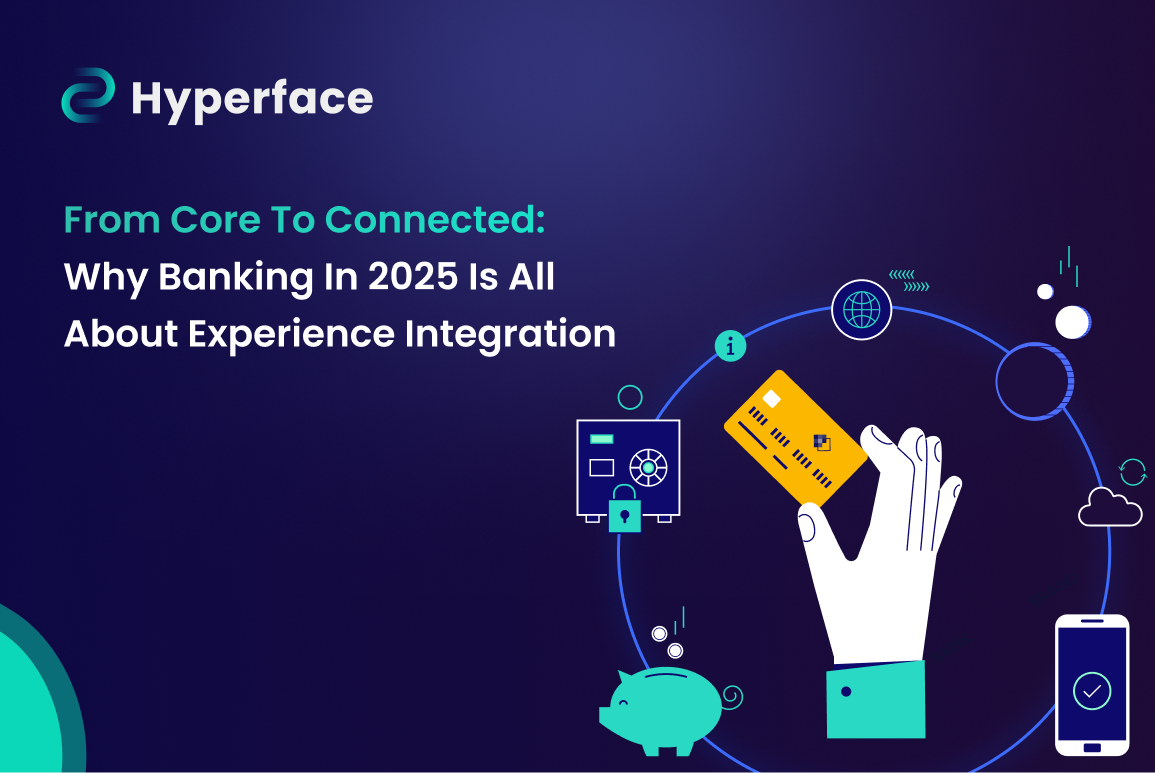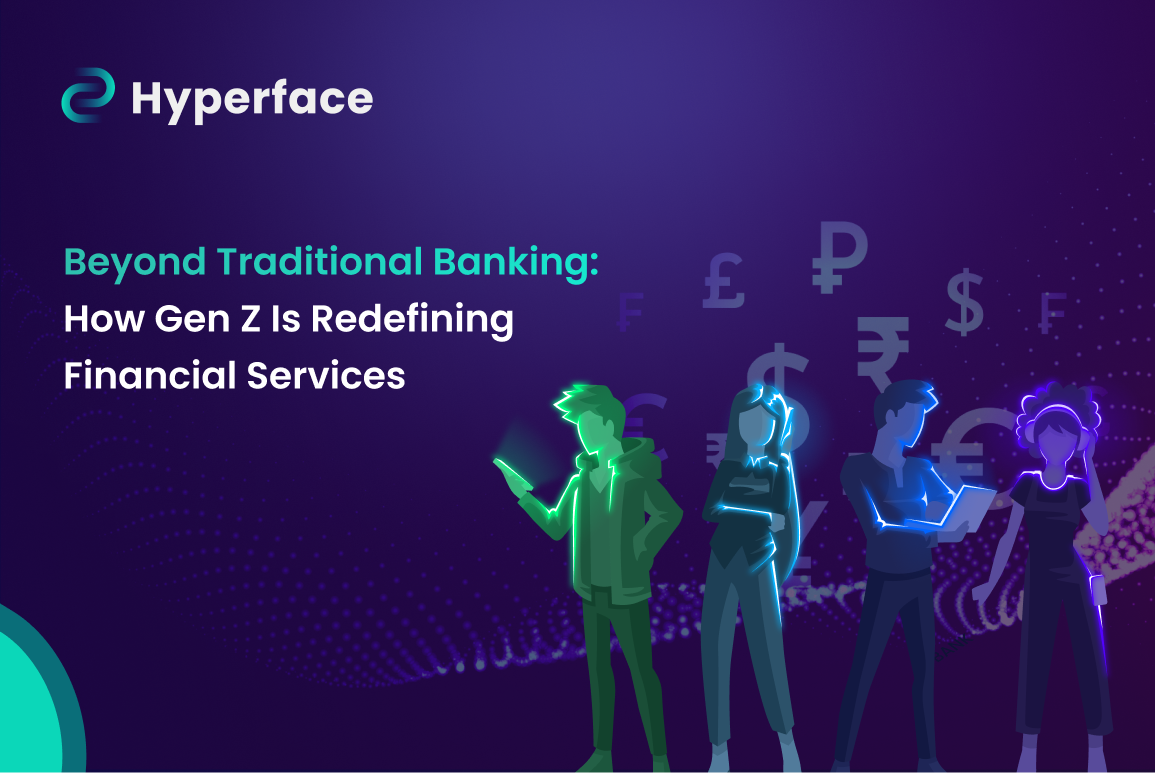The Compliance Paradigm: Choosing the Right Tech Partner matters

Regulatory compliance has long been the bedrock of the financial industry. Yet, as the financial services landscape evolves, it is becoming more critical than ever. Banks must now operate with heightened transparency, ethics, and efficiency, and failure to meet regulatory requirements can significantly impact both the bank’s reputation and operations.
But why do some banks ace regulatory audits while others struggle? It’s often not due to undervaluing compliance but rather from deficiencies in their approach – whether by the banks themselves or their technology partners. This makes two things clear: 1) Not all technology providers are created equal, and 2) Compliance can no longer be viewed as a one-time event.
At Hyperface, our approach to regulatory compliance is built on the premise that today’s regulatory landscape is dynamic and increasingly complex. Only an “always-on” model can equip our partner banks with both business resilience and operational excellence. This proactive, future-proof approach – referred to as “Continuous Compliance” – ensures that regulatory adherence is an ongoing, evolving process.
Here’s how we do it:
1. Bank-Hosted Environment: Full Control, Zero Outsourcing Risks
Our solution is hosted within the bank’s environment, ensuring banks retain full control over data and infrastructure. This model guarantees that banks retain ownership of their data, systems, and security protocols, adhering to requirements issued by the RBI and other relevant master directions issued from time to time, which dictate that banks must maintain full control and oversight over any outsourced services.
This not only simplifies compliance audits but also ensures adherence to the Directions on Managing Risks and Code of Conduct in Outsourcing of Financial Services by NBFCs, Master Direction on Outsourcing of Information Technology Services, 2023 for both NBFCs and scheduled commercial banks, which emphasize governance over third-party services.
2. Customer Authentication by the Bank: Secure and Consistent
Another critical aspect of the Hyperface compliance framework is our use of the bank’s own authentication protocols for customer verification. By using the bank’s own authentication protocols, we ensure that customer onboarding and verification are secure, consistent, and compliant with local regulations, including the RBI’s Master Direction on KYC and Anti-Money Laundering laws. Leveraging established bank processes also means that data security standards remain robust.
3. End-to-End Encryption: A Pillar of Data Security
Protecting customer data is paramount in today’s regulatory landscape. Hyperface implements end-to-end encryption throughout the entire transaction journey, ensuring that all data-whether in transit or at rest – is fully protected. This not only meets the requirements under the RBI’s Cyber Security Framework but also aligns with the Digital Personal Data Protection (DPDP) Act,2023 which imposes strict standards for personal data protection.
Our encryption protocols also satisfy international security standards such as ISO 27001 (which governs information security management) and PCI-DS (which specifically focuses on the protection of payment data), providing our bank partners with the highest level of compliance and security.
4. Granular API Access Control: Precision and Transparency
In today’s interconnected financial ecosystem, API management is crucial for regulatory compliance. Hyperface enforces data access control through granular API access, ensuring that data is only accessed by authorized parties in a compliant manner. This model provides full transparency, meeting RBI regulations for oversight on all third-party services accessing the bank’s data.
Our granular API controls also support role-based access, meaning only approved individuals or systems can access sensitive information. This level of precision aligns with RBI guidelines on IT risk management and supports the bank’s ability to maintain control over data security in a complex digital ecosystem.
5. Compliance with Data Protection Laws: DPDP and Beyond
India’s Digital Personal Data Protection Act, 2023 has significantly changed the data privacy landscape, placing strict obligations on data fiduciaries (including banks) to ensure the protection of personal data. Hyperface’s solutions are fully compliant with the DPDP Act, ensuring that all data processing activities related to our services align with the principles of purpose limitation, data minimization, and accountability.
Additionally, our adherence to international security standards such as ISO 27001 and SOC (Service Organization Control) means that we go beyond the minimum legal requirements to deliver industry-leading security practices.
6. Proactive Compliance Monitoring and Real-Time Adaptation
One of the most significant challenges in financial compliance is keeping up with ever-evolving regulations. At Hyperface, we address this through our Governance, Risk, and Compliance (GRC) program – this involves stakeholders from key teams, integrating with all critical information systems.
Regulatory updates from the RBI, as well as international regulators, are regularly tracked to ensure that our platform and services are always in line with the latest legal requirements. Our diverse teams collaborate to implement these changes in real time, ensuring that our partner banks are never caught off guard by new regulatory developments.
Our integrations are monitored against the security frameworks Hyperface is certified for to ensure that we maintain compliance with all mandated controls. Stakeholders and relevant personnel are informed if any lapses are discovered during periodic checks.
Ongoing Security Practices
A proactive approach minimizes risks and ensures that the banks we work with can focus on growth and innovation without worrying about compliance gaps. This includes:
- Periodic Infra Audits: We partner with external auditors to conduct periodic audits of our service endpoints, infrastructure, and codebase. This provides an external perspective and informs us of published changes or additions in controls and practices to improve our monitoring.
- Automated Code Reviews: Automated static code reviews help us discover vulnerabilities and lapses in coding practices before they make their way to our products and services. We monitor for vulnerabilities, bugs, and even code smells to make sure we create secure and maintainable code to support our longer-term vision by enabling faster delivery without causing financial or reputational losses.
- Cloud Security Checks and Alerts: Always-on cloud security checks monitor our network and assets for anomalous activities originating from internal or external sources. These cloud-native checks monitor cloud resources 24×7 for any anomalous event and also track compliance against the security frameworks we are certified for.
- SIEM/FIM Integrations: Our SIEM and FIM integrations help us continuously monitor activities inside our execution environments to detect unexpected behavior.SIEM and FIM integrations help us continuously monitor activity inside our execution environments such as file operations, login attempts, and running processes. These activity logs are parsed against enabled controls to observe any unexpected activity unfolding inside our application servers.
- Incident Response Plan: Our incident management team, with on-call schedules, ensures that any issues are addressed in a timely manner, safeguarding both financial and reputational interests. Issues can also be raised by customers which make their way to our internal alerting procedures kickstarting the resolution measures.
- Training and Awareness: Regular internal training sessions for engineers and developers involved in creating our codebase ensure that the team is well-versed in maintaining high compliance standards. Additionally, we proactively gather actionable information such as published advisories, changes in regulations and policies, and any new development in the landscape through news subscriptions, and our always-on engagement with security counterparts at our partners, vendors, and customers.
Conclusion:
In an industry where compliance is often reactive, by prioritizing Continuous Compliance, Hyperface provides a resilient and proactive compliance strategy that helps banks seamlessly navigate ongoing regulatory complexities while preparing for future challenges.
As regulatory demands become more complex, the importance of working with a partner who truly understands the intricacies of compliance cannot be overstated. At Hyperface, by embedding compliance into every layer of our operations, we are enabling banks to build the future of secure and compliant banking.


